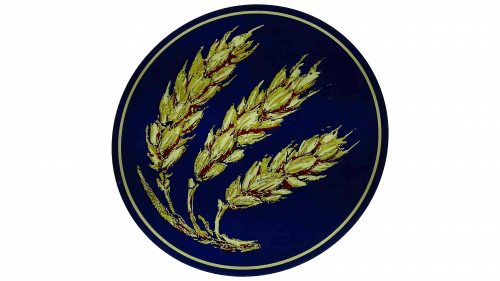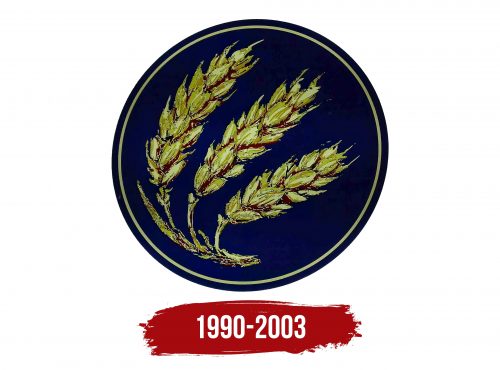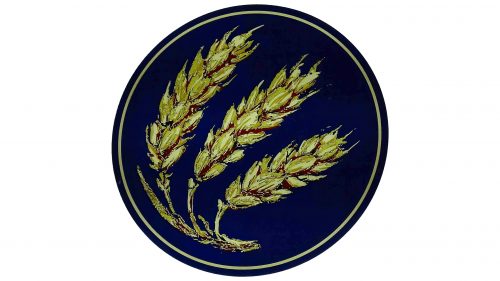The Hommell logo is unique. It is full of abundance and prosperity, representing the founder’s personality and the desire to bring many victories to his homeland in the sports arena. The emblem emphasizes the quality and natural materials of the cars.
Hommell: Brand overview
Hommell, founded in 1990 by former racing driver Michel Hommell, was a niche automobile manufacturer based in Loheac, France. The company produced custom mid-engine sports cars with steel tube frames and composite exteriors. The prototype, which attracted attention the same year the company was founded, was the predecessor to the 1994 Berlinette, powered by a 2.0-liter engine from Peugeot.
By 1998, Hommell had expanded its range by introducing the Barquette, a convertible model, and the Berlinette RS, a more powerful version powered by a more powerful Citroen engine. The company operated on a very modest scale, producing only about a dozen cars carefully assembled by hand.
Hommell closed its doors in 2003, ending its roughly ten-year run in the automobile industry. It became symbolic of the boutique French sports car companies that emerged in the 1990s, where the emphasis was not on mass production but on producing unique, low-volume cars. It is estimated that between 15 and 20 Hommell cars were produced, making them rare and somewhat of a collector’s item. The brand was known for its focus on maneuverability and dynamics, for which it used a mid-engine, rear-wheel drive layout.
Meaning and History
1990 – 2003
The Hommell logo uses a graphic symbol instead of text. It features three stalks of grain connected by a common stem. Each stalk is drawn with individual grains and pointed husks to enhance realism. These grain stalks are enclosed within a convex blue circle due to a gradient effect.
The grain stalks symbolize natural materials, growth, and sustainability. The detailed design highlights the company’s attention to detail. The blue circle may symbolize global reach or serve as a contrasting background to accentuate the grains. The gradient on the circle adds depth, enhancing its visual appeal.
This symbol of grain stalks conveys a commitment to quality and natural principles, reflecting the company’s dedication to sustainable practices. The meticulous depiction of each grain underscores the precision and craftsmanship that Hommell represents in its automotive designs.
The blue circle framing the grain stalks provides a striking contrast and suggests a sense of unity and completeness. The gradient gives the circle a three-dimensional quality, making the logo more engaging and dynamic. Combining natural imagery with modern design elements creates a harmonious and memorable emblem.





